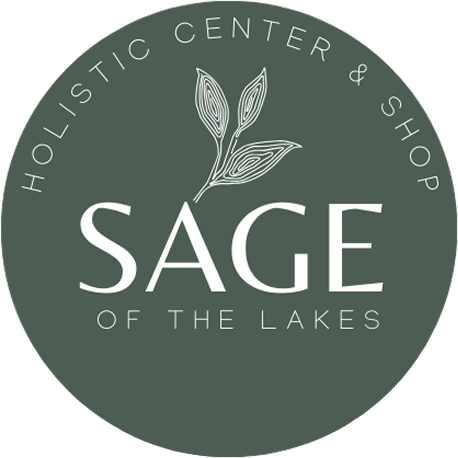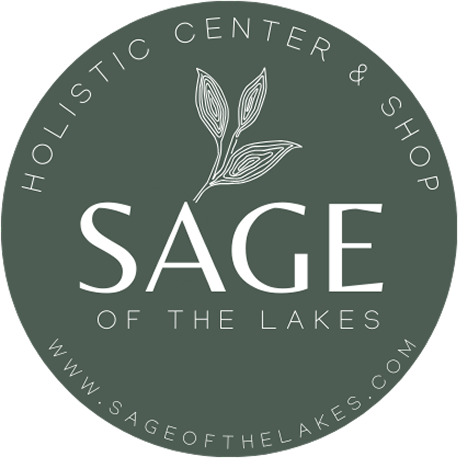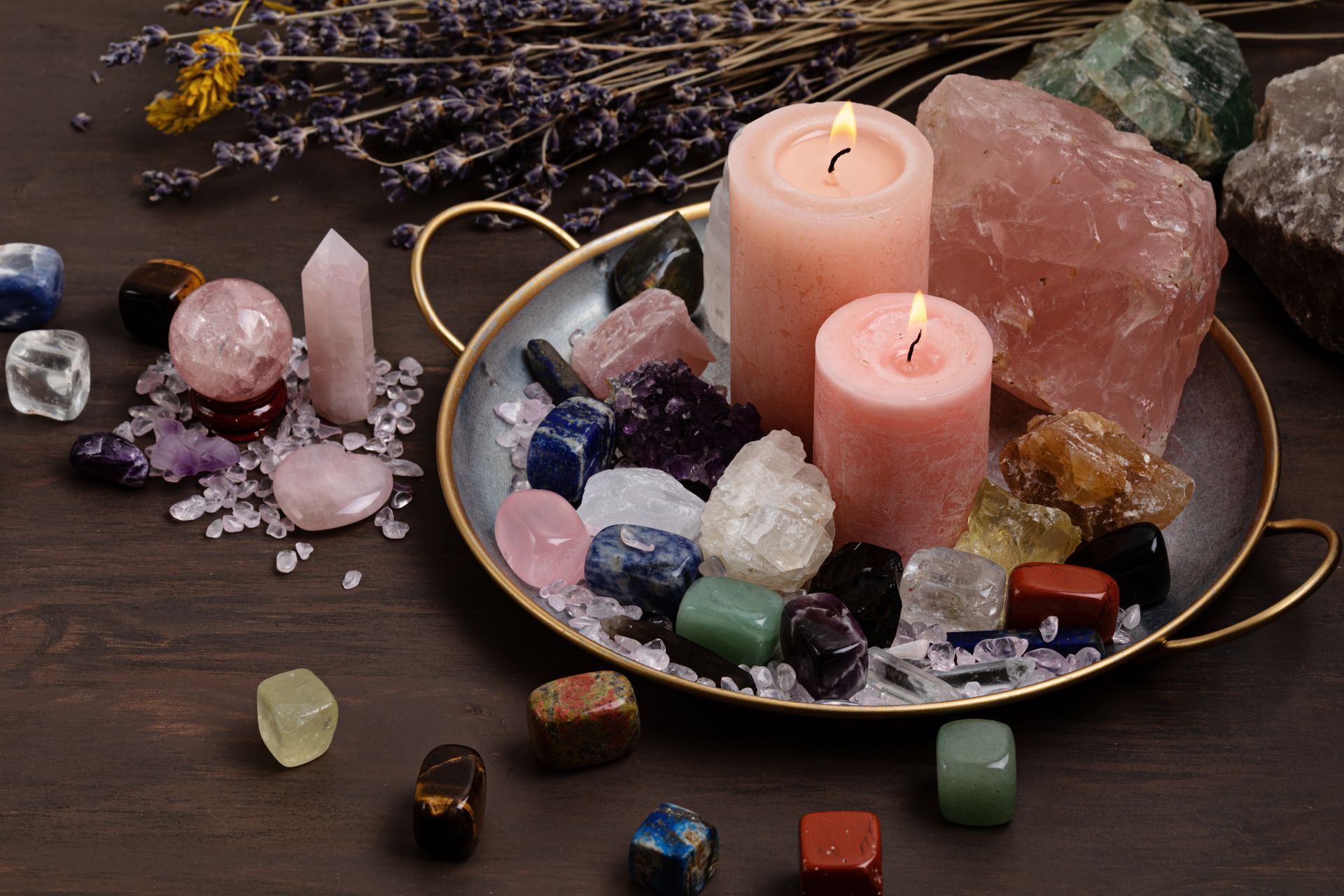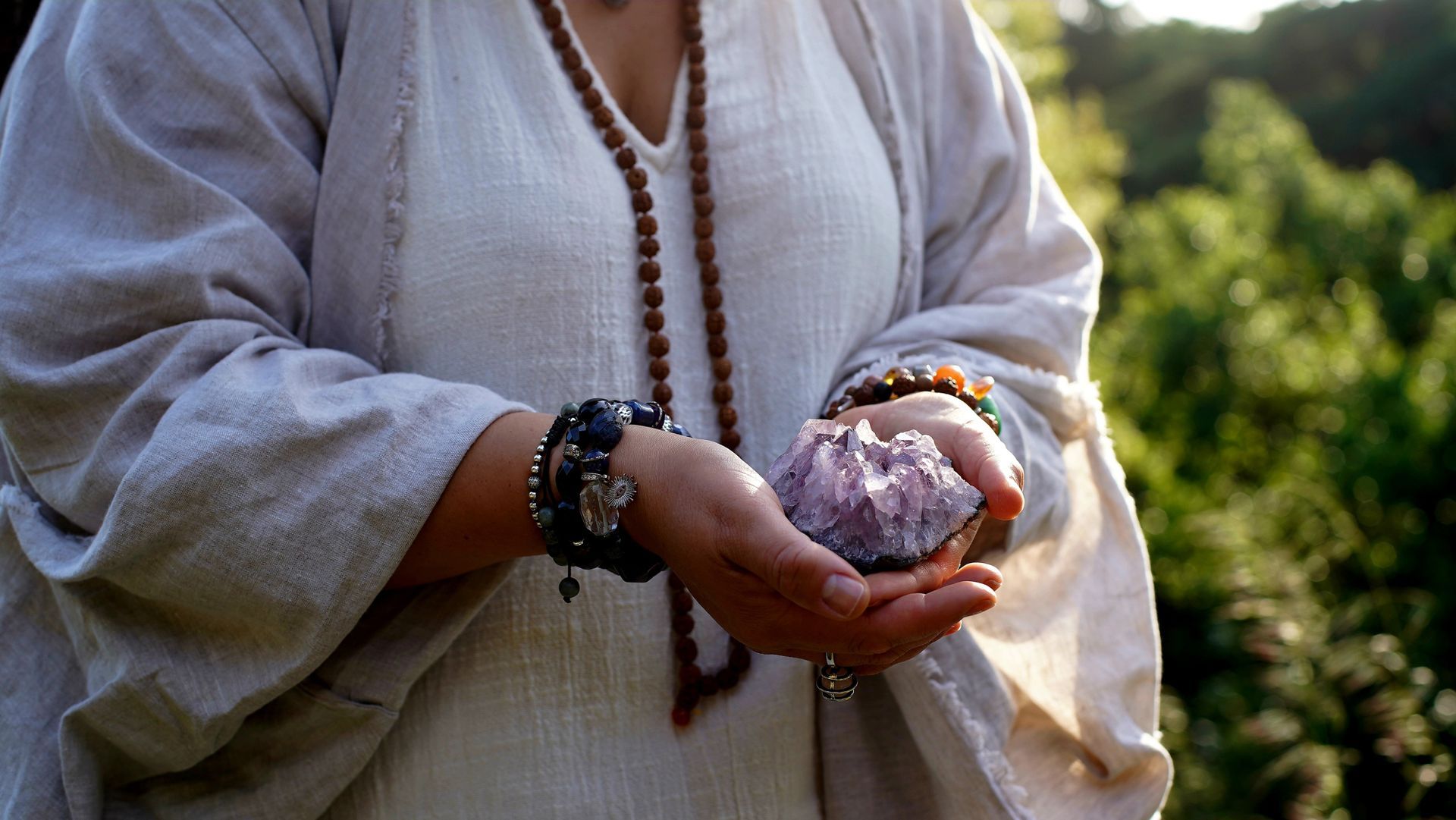Mindfulness: How to Practice It Daily for Peace, Clarity & Presence
At Sage of the Lakes—a serene wellness sanctuary in Moultonborough, NH—we believe mindfulness isn’t just a practice; it’s a path to living more deeply, more fully, and more peacefully. Nestled near the healing waters of Lake Winnipesaukee, we invite you to explore mindfulness not as a technique, but as a way of being that honors your body, mind, and spirit.
Mindfulness helps support both mental health and emotional health, teaching us to build resilience, reduce stress, and enhance overall well-being.
In this guide, you’ll learn what mindfulness truly means, its profound benefits, and beautiful ways to weave it into your daily life.

What Is Mindfulness?
Mindfulness is the sacred art of being fully present—aware of each breath, each sensation, each thought—without judgment. It is an invitation to return to yourself, to the now, where all healing begins.
Rooted in ancient wisdom from Buddhist and Eastern traditions, mindfulness has evolved into a universal practice for peace and clarity. When you practice mindfulness, you awaken to life as it is, finding beauty in the ordinary and calm in the chaos. Mindfulness involves paying attention to your thoughts, feelings, and sensations without judgment, allowing you to live more fully in the present moment.
Why Practice Mindfulness?
Mindfulness helps in many ways, including:
- Reduces stress and anxiety, fostering a calm and present mindset
- Improves focus and cognitive clarity, making it easier to stay attentive in daily life
- Supports inner peace, contributing to emotional well-being and overall happiness
- Enhances emotional resilience and self-compassion
- Strengthens relationships through deep presence
- Improves sleep, immunity, and physical well-being
At Sage of the Lakes, we’ve witnessed how mindfulness opens the door to deeper healing—especially when paired with energy work, crystal healing, and intuitive guidance.

How to Begin Your Mindfulness Journey
Whether you’re just beginning or deepening your path, mindfulness starts with intention and gentle consistency. To start practicing mindfulness, try a simple practice that helps you focus on the present moment—practicing regularly is key to developing mindfulness skills and experiencing its benefits. Here’s how:
Set Your Intention
Before beginning any practice, take a quiet moment to ask yourself: Why am I seeking mindfulness?Write it down. Let it be your spiritual compass—your gentle reminder of what you are nurturing.
Create a sacred space at home—a quiet corner with a candle, crystal, or nature element—to hold your practice with reverence.
Setting an intention each day helps make mindfulness a regular part of your life, turning your practice into a consistent habit.
Start Small, Stay Consistent
Start with just a few minutes a day. Sit in silence, breathe, observe. No pressure, no perfection. Allow your practice to grow with you, becoming a natural part of your rhythm. Establishing a daily practice and weaving mindfulness into your daily routines can help even those with busy lives stay consistent and experience the benefits.
Breathe with Awareness
The breath is your anchor. Practice this simple meditation:
- Begin by taking a few deep breaths to settle in.
- Inhale slowly, feeling your belly rise. Breathe deeply and focus on your breathing.
- Exhale gently, letting go of tension.
- If the mind wanders, lovingly return to the breath and take deep breaths to recenter.
Deep breathing supports relaxation and mindfulness by calming the nervous system and helping you stay present.
Try a Body Scan
Body scans are a mindfulness technique where you close your eyes and guide your awareness from toes to crown.
Notice how your body feels and observe sensations without judgment during the scan.
Breathe into areas of tightness or fatigue. This technique helps bring awareness to physical sensations, making it beautiful for releasing stored energy and calming the body before rest.
Practice Mindful Eating
Next time you eat, slow down and pay attention to the flavors, textures, and sensations in each bite. Savor each bite. Notice texture, taste, aroma. Offer gratitude.
This practice deepens your connection to nourishment and cultivates a peaceful relationship with food.
Walk with Presence
Take a mindful walk near trees, water, or even around your home, and walk slowly as part of your mindful walking practice.
Mindful movement practices like tai chi can also cultivate mindfulness and help you connect with your body.
With each step, pay attention to the ground beneath you, each sensation, the breeze, and the nature you observe. This grounding practice reconnects you to the rhythms of the Earth.
Listen Deeply
Whether listening to music, a loved one, or silence—listen fully.
Release the urge to respond or fix. Simply be with what you hear. This opens the heart, creates mindful moments, and strengthens sacred relationships.

Common Challenges (And Gentle Solutions)
Wandering Mind? That’s okay. It’s natural. Mind wandering is a normal part of mindfulness practice—just notice when it happens and gently return to your breath.
No Time? Pair mindfulness with daily rituals—brushing teeth, cooking, driving. Even during these routines, mindfulness can help manage negative thoughts in your own life, fostering calm and resilience. Presence lives in the mundane.
Feeling Impatient? Trust the process. Healing is not linear. Mindfulness is a journey of remembering, not achieving.
Making Mindfulness a Daily Ritual
Here are a few ways to infuse mindfulness into everyday life:
- Light a candle and sit in silence for 3 minutes each morning
- Keep a “mindfulness stone” in your pocket as a grounding anchor
- Set soft chimes on your phone as reminders to pause and breathe
- Practice gratitude journaling each evening
To make daily life incorporating mindfulness easier, consider scheduling a meditation practice or mindfulness meditation during your lunch break. You can try guided meditation sessions, explore different mindfulness activities, and experiment with various mindfulness practices to find what works best for you. Integrating these into your daily routine helps make mindfulness a consistent and beneficial part of your everyday life.
Pairing Mindfulness with Holistic Healing at Sage of the Lakes
Mindfulness amplifies every healing modality we offer at Sage of the Lakes—from energy work and Reiki to intuitive readings and crystal journeys. When you are present, healing unfolds more deeply and effortlessly. Mindfulness and meditation, including mindfulness-based stress reduction (MBSR), are supported by scientific research and utilize a variety of mindfulness techniques to enhance mental health and well-being.
We invite you to explore a mindfulness session, workshop, or private healing session in our tranquil space. Feel the shift for yourself.

Begin Your Mindful Journey With Us
At Sage of the Lakes, we are honored to be your guides in mindful living and spiritual awakening. Our serene sanctuary, surrounded by the stillness of the Lakes Region, offers the perfect setting to deepen your connection to the present moment. Engaging in a mindfulness meditation practice here can help you achieve a mindful state, fostering present-moment awareness and openness, while also connecting with your inner self for greater personal growth and well-being.
Visit us at 233 Whittier Highway, Moultonborough, NH
Call (603) 253-5178 or email cindy@sageofthelakes.com
Frequently Asked Questions
What is mindfulness?
Mindfulness is all about being fully present and aware of what’s happening right now, without any judgment. It helps you connect with the moment and can enhance your overall well-being.
Practicing mindfulness often involves engaging in simple mindfulness exercises, such as focused breathing or mindful listening, to help you stay present.
How can mindfulness help with stress reduction?
Mindfulness can significantly reduce stress by helping you stay in the present moment and manage your emotions better. By focusing on your thoughts and feelings without judgment, you can create a calmer mindset.
What are some simple mindfulness exercises I can do daily?
You can easily incorporate mindful breathing, walking meditation, and mindful eating into your daily routine. These mindfulness activities and mindfulness exercises help you stay present and enhance your overall well-being. For example, try a simple 3-Step Mindfulness Exercise: pause, notice your breath, and observe your surroundings. You can also practice meditations such as body scans or guided breathing sessions to reduce stress and improve emotional regulation. For preschool children, age-appropriate mindfulness activities like nature walks, mindful listening games, or gentle breathing exercises can introduce them to mindfulness in a fun and engaging way.
How do I deal with a wandering mind during mindfulness practice?
When your mind wanders during mindfulness practice, simply acknowledge those thoughts without judging yourself. Mind wandering and negative thoughts are normal experiences, but they can be managed by practicing mindfulness. Just gently bring your focus back to the present moment, and keep going!
How can I find time for mindfulness practice in a busy schedule?
You can easily fit mindfulness into your busy life by weaving it into your daily routine, using reminders, and even pairing it with other activities. Even those with busy lives can benefit from daily life incorporating mindfulness by integrating simple practices into their daily routines, such as focusing on your breath or bodily sensations during everyday tasks. This way, you can maintain a consistent practice without feeling overwhelmed.









